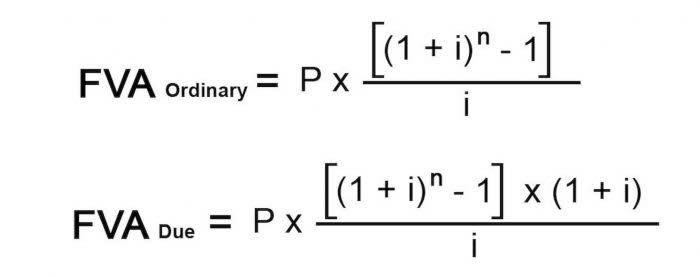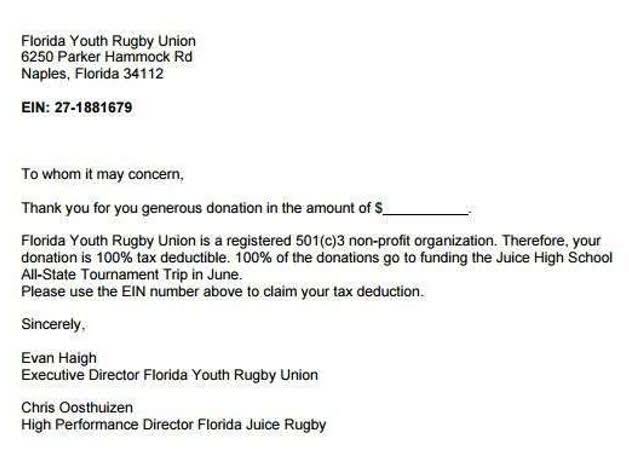
An analyst would prefer a shorter cycle because it indicates that the business is efficient and https://www.bookstime.com/ successful. Besides, a shorter cycle also indicates that the company will be able to recover its investment fast and has adequate cash to meet its business obligations. The CCC combines several activity ratios involving outstanding inventory and sales, accounts receivable (AR), and accounts payable (AP). Outstanding inventory is inventory that has not been sold, accounts receivable are the accounts that the company needs to collect on, and accounts payable are accounts the company needs to make payments to. Speaking of a long operating cycle, it suggests that the company is taking too long to sell its inventory and collect cash from customers.
目录 · Table of Contents
What Are the Responsibilities of a Credit Manager? 9 Essential Duties for Success
An operating cycle can be understood as the average time a business takes to make a sale, collect the payment from the customer, and convert the resources used into cash. On the other hand, a longer business operating cycle can strain cash flow, as money is tied up in inventory and receivables for an extended period. This can lead to cash shortages, making it challenging to pay bills, cover operating expenses, or seize new opportunities. A high DPO suggests that your company is effectively managing its accounts payable, optimizing cash flow by extending payment terms without straining supplier relationships.

Manage receivable collection efficiently
- The cash conversion cycle measures the amount of time it takes a business to convert resources to cash.
- The reason why cash conversion cycle (CCC) is such an important metric is that it can be used to evaluate the operating efficiency of a particular company, as well as the decision-making capabilities of the management team.
- Operational efficiency also affects finance because it affects things like cash flow and inventory levels.
- A lower (shorter) cash conversion cycle is considered to be better because it indicates that a business is running more efficiently.
- A lower value of DIO indicates that the company is making sales rapidly with better turnover.
For information pertaining to the registration status of 11 Financial, please contact the state securities regulators for those states in which 11 Financial maintains a registration filing. Capitalizing on your operational efficiency can have positive effects that are felt throughout the rest of your business. Similarly, an efficient production process can help improve product quality and turnover speed while reducing manufacturing errors. Therefore, Company Z does not need to hold much inventory and still holds onto its money for a longer period. Online retailers usually have this advantage in terms of CCC, which is another reason why CCC should not be used in isolation without other metrics. The CCC over several years can reveal an improving or worsening value when tracked over time.
- To gain a deeper understanding of how operating cycle management can impact businesses, let’s explore a couple of real-world examples and case studies that highlight the significance of this financial concept.
- You might think that the change between these two years is significant—and it is, but it should indicate to you that you should investigate more to find out what might have happened.
- A shorter DSI indicates efficient inventory turnover, which is essential for cash flow and reducing carrying costs.
- Decreasing or steady CCCs are a positive indicator while rising CCCs require a little more digging.
- If this can be maximized, the company can hold onto cash longer, maximizing its investment potential.
- Here’s an example—the data below are from the financial statements of a fictional retailer, Company X. All numbers are in millions of dollars.
- The articles and research support materials available on this site are educational and are not intended to be investment or tax advice.
Purpose of Understanding the Operating Cycle
By efficiently handling inventory, accounts receivable, and accounts payable, you can shorten your cycle, improve cash flow, and boost profitability. Monitoring key performance indicators and utilizing the right tools further enhances your ability to succeed in this critical aspect of financial management. The second stage focuses on how long the company takes the company to collect the cash generated from sales. This figure is calculated using the days sales outstanding (DSO), which divides average accounts receivable by revenue per day. A lower value indicates that the company can collect capital in a short time, enhancing its cash position.
Receivables collections
On the contrary, if the operating cycle formula reveals longer cycle, it comes as a warning sign for the businesses, indicating lesser movement of inventory in the market, which means the items might not be performing well. The concept of the operating cycle has been around as long as businesses have needed to manage inventories and receivables. It’s a fundamental aspect of working capital management and financial analysis, helping businesses to assess how quickly they can turn their operations into cash.

Our mission is to empower readers with the most factual QuickBooks and reliable financial information possible to help them make informed decisions for their individual needs. Finance Strategists has an advertising relationship with some of the companies included on this website. We may earn a commission when you click on a link or make a purchase through the links on our site.
- This can be particularly beneficial for businesses looking to reduce working capital requirements and enhance profitability.
- If you don’t know the average accounts receivables, open the section “Calculate the average of accounts receivables” below.
- A shorter operating cycle can free up working capital, while a longer one might tie up more capital in inventory and receivables.
- Once you’ve calculated the DIO, DSO, and DPO, plug the numbers into the cash conversion cycle formula mentioned in the previous section.
- He currently researches and teaches economic sociology and the social studies of finance at the Hebrew University in Jerusalem.
An increased operating cycle can result from slower inventory turnover, longer times to collect payments from customers, or delays in paying suppliers. Issues like production delays, excess stock, or lenient credit terms can all contribute to a longer cycle, affecting cash flow. Days Sales Outstanding (DSO) measures the average number of days it takes for your company to collect payments from customers after making a sale.

How Does It Relate to a Company’s Financial Health
When a company’s CCC is negative, it means that it can use the money of its suppliers to generate cash flow, usually by being on credit with the suppliers. In this manner, the suppliers are technically financing the company’s operations. This metric reflects the company’s payment of its own bills or accounts payable (AP). If this can be maximized, the company can hold onto cash longer, maximizing its investment potential. The cash conversion cycle (CCC) is one of several metrics used to gauge how well management uses working capital.
- This cycle plays a crucial role in understanding the efficiency and liquidity of a company’s operational processes.
- There is no change in days taken in converting inventories to accounts receivable.
- Days Sales of Inventory (DSI) is a crucial metric that measures how quickly your company turns its inventory into sales.
- Tracking a company’s CCC over multiple quarters will show if it is improving, maintaining, or worsening its operational efficiency.
- If you don’t know the average inventory, open the section “Calculate the average of inventories” below.
- One of the main reasons that net income falls short in capturing the actual liquidity of the company is due to working capital – most notably inventory, accounts receivable (A/R) and accounts payable (A/P).
Net operating cycle measures operating cycle formula the number of days a company’s cash is tied up in inventories and receivables on average. It equals days inventories outstanding plus days sales outstanding minus days payable outstanding. Understanding and managing your operating cycle is fundamental to your business’s financial health.

